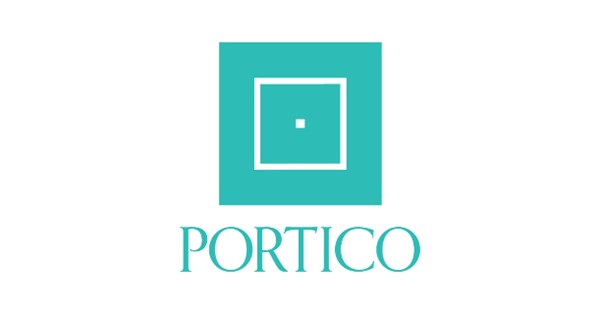Policies and Publishing Ethics
Contents
- Philosophy of Journal of Art, Design and Music
- Who Can Submit?
- General Submission Rules
- Formatting Requirements
- Rights for Authors and Journal of Art, Design and Music
- Publishing Ethics
Philosophy of Journal of Art, Design and Music
Journal of Art, Design and Music is a biannual open-access journal that aims to contribute to the knowledge in the fields of Art, Design, and Music by publishing studies that have scientific qualifications both in national and international levels.
For more information, please see Journal of Art, Design and Music Aims and Scope page.
Who Can Submit?
Anyone may submit an original manuscript to be considered for publication in Journal of Art, Design and Music provided he or she owns the copyright to the work being submitted or is authorized by the copyright owner or owners to submit the manuscript. Authors are the initial owners of the copyrights to their works before publication (an exception in the non-academic world to this might exist if the authors have, as a condition of employment, agreed to transfer copyright to their employer).
General Submission Rules
Submitted articles cannot have been previously published, nor be forthcoming in an archival journal or book (print or electronic). Please note: "publication" in a working-paper series does not constitute prior publication. In addition, by submitting material to Journal of Art, Design and Music, the author is stipulating that the material is not currently under review at another journal (electronic or print) and that he or she will not submit the material to another journal (electronic or print) until the completion of the editorial decision process at Journal of Art, Design and Music.
Please ensure that the submitted manuscript matches the Author Guidelines that JADM requires. If you have concerns about the submission terms for Journal of Art, Design and Music, contact the editors.
Formatting Requirements
Journal of Art, Design and Music has general rules about the formatting of articles upon initial submission.
See Manuscript Preparation Guidelines for details. Although Digital Commons can provide limited technical support, it is ultimately the responsibility of the author to produce an electronic version of the article as a Microsoft Word, WordPerfect or RTF file that can be converted to a PDF file.
It is understood that the current state of technology of Adobe's Portable Document Format (PDF) is such that there are no, and can be no, guarantees that documents in PDF will work perfectly with all possible hardware and software configurations that readers may have.
Rights for Authors and Journal of Art, Design and Music
As further described in JADM Author Copyright, in consideration for publication of the article, the authors assign to Journal of Art, Design and Music all copyright in the article.
Publishing Ethics
JADM is committed to respecting high standards of ethics in the editorial and reviewing process and outlines the best practice, guidelines, and principles, which aim to achieve high standards in publishing. These principles cover honesty and integrity in research, excellence and transparency in research practice, and the highest level of ethics that are appropriate to Art, Design, and Music disciplines.
Plagiarism; JADM does not tolerate using other’s ideas, words, or work without acknowledgment. Submissions containing plagiarism in whole or part, duplicate and redundant publication or self-plagiarism (same or a different language), will be rejected. Each submitted article is checked with plagiarism-checking software. Any article that exceeds the permissible ratio of plagiarism is rejected. Preprint archive will not be considered a duplicate publication. Corresponding author is responsible for the manuscript through and after the evaluation and publication process with the authority to act on behalf of all co-authors. Corresponding author has to read and follow the Author Guidelines to ensure that the submitted manuscript matches all JADM’s requirements. Submission means the corresponding author has agreed to the Author Copyright.
Editorial Process; is reflecting the commitment to editorial independence through avoiding conflicts of interest, or any corporate influence. JADM uses a double-blind peer-review process. The manuscript will be sent to a minimum of two external and independent peer reviewers. JADM editors are free to solicit additional reviews to inform the development of the manuscript. Abusive behavior or comments gives the JADM Editor-on-chief the right to delete the abusive peer review comments or to withdraw the manuscript for the Author's bad behavior.
Conflicts of Interest; JADM supports transparency and openness around data, materials, financial/non-financial support, professional, contractual, or personal support associated with research.
JADM encourages Authors and Reviewers and anyone who suspects an undisclosed conflict of interest regarding a work published or under consideration by JADM should inform the Editor-in-chief via email.







